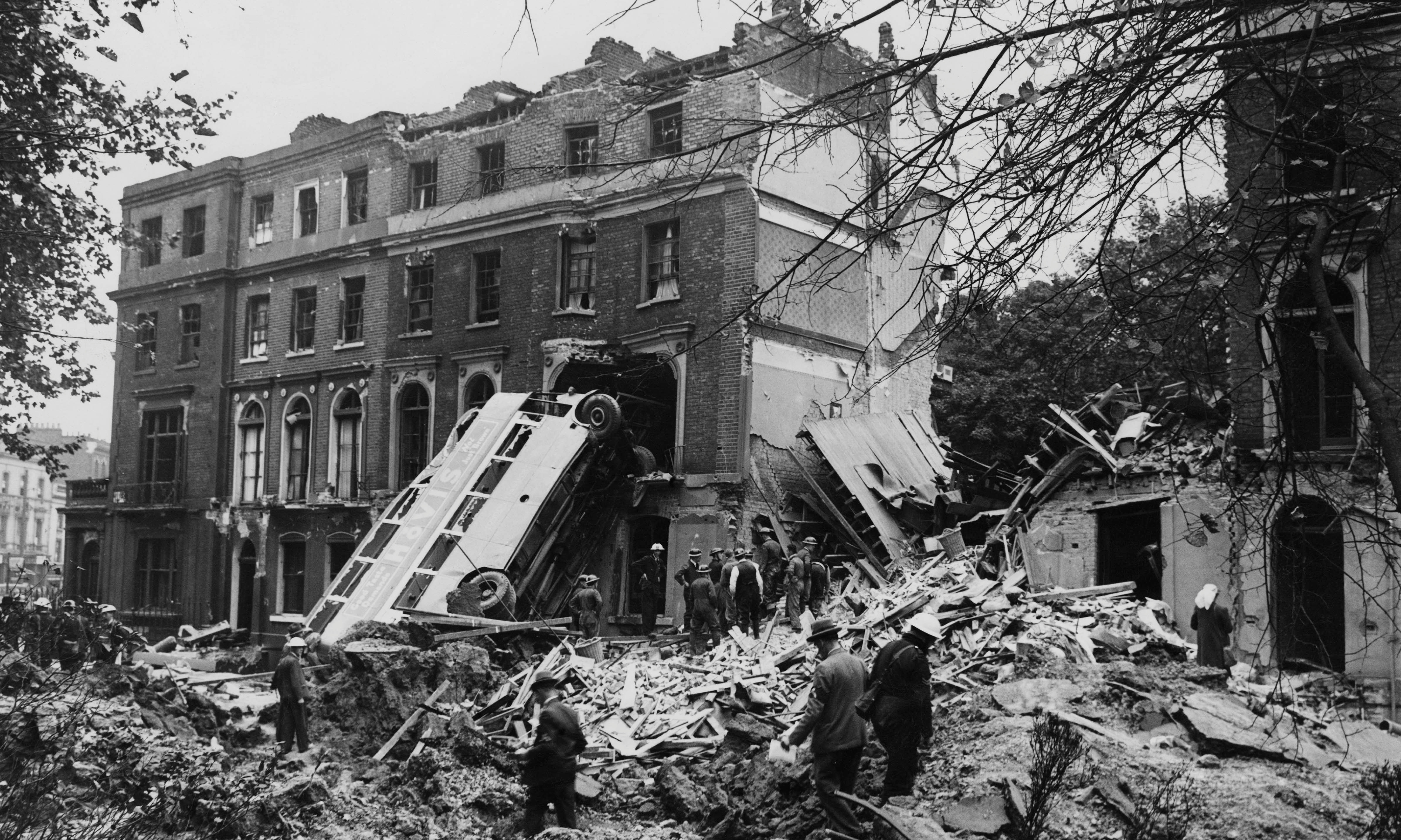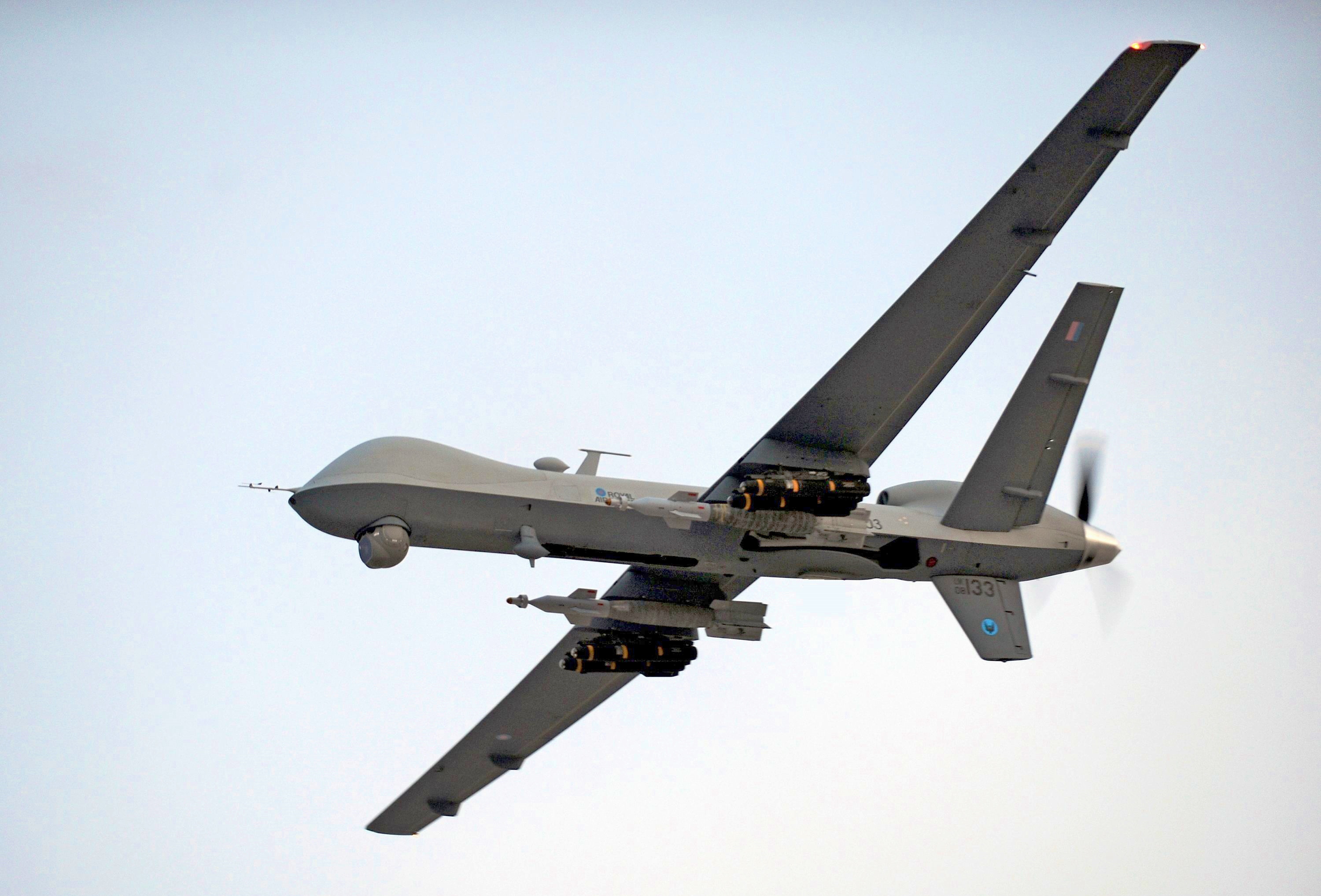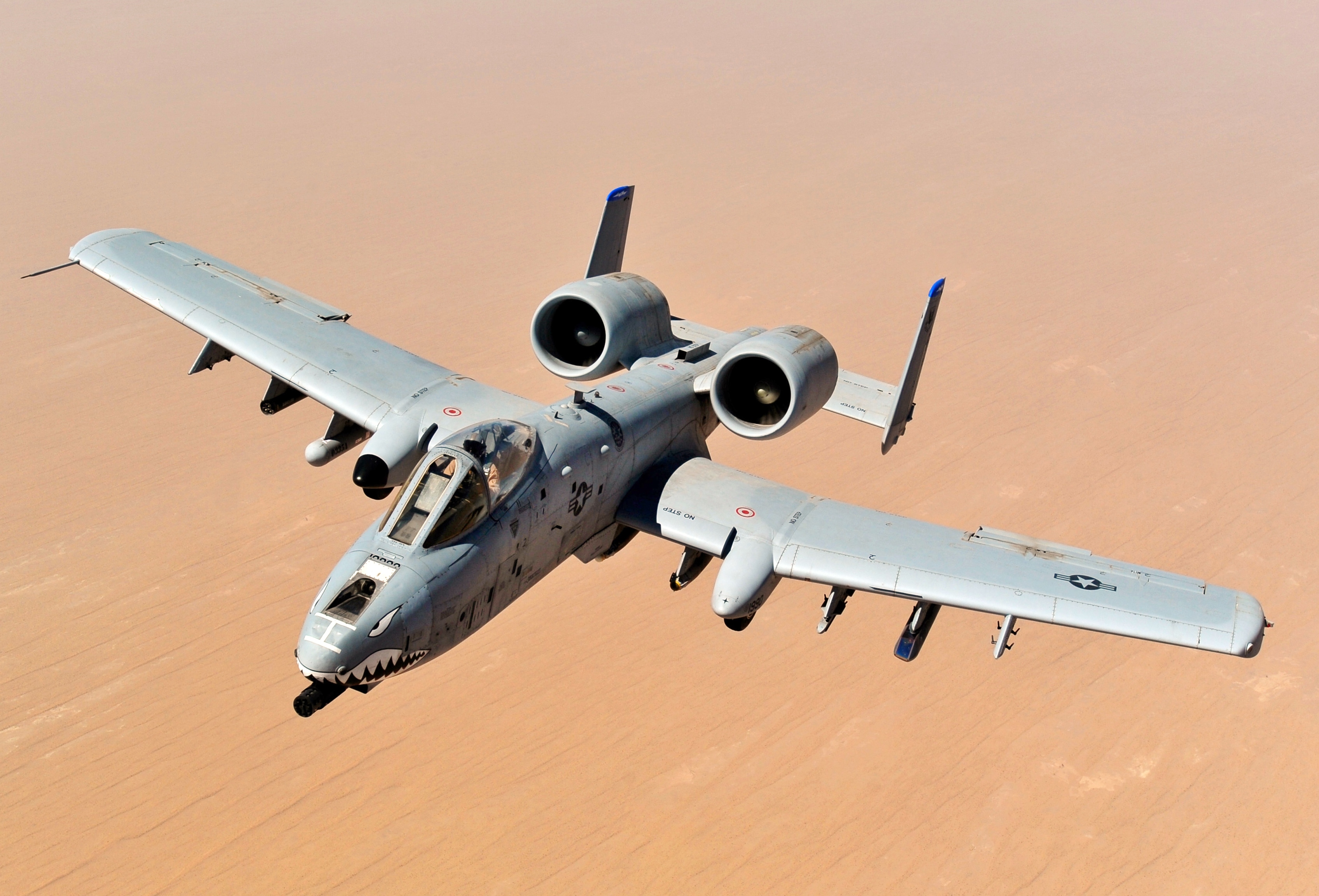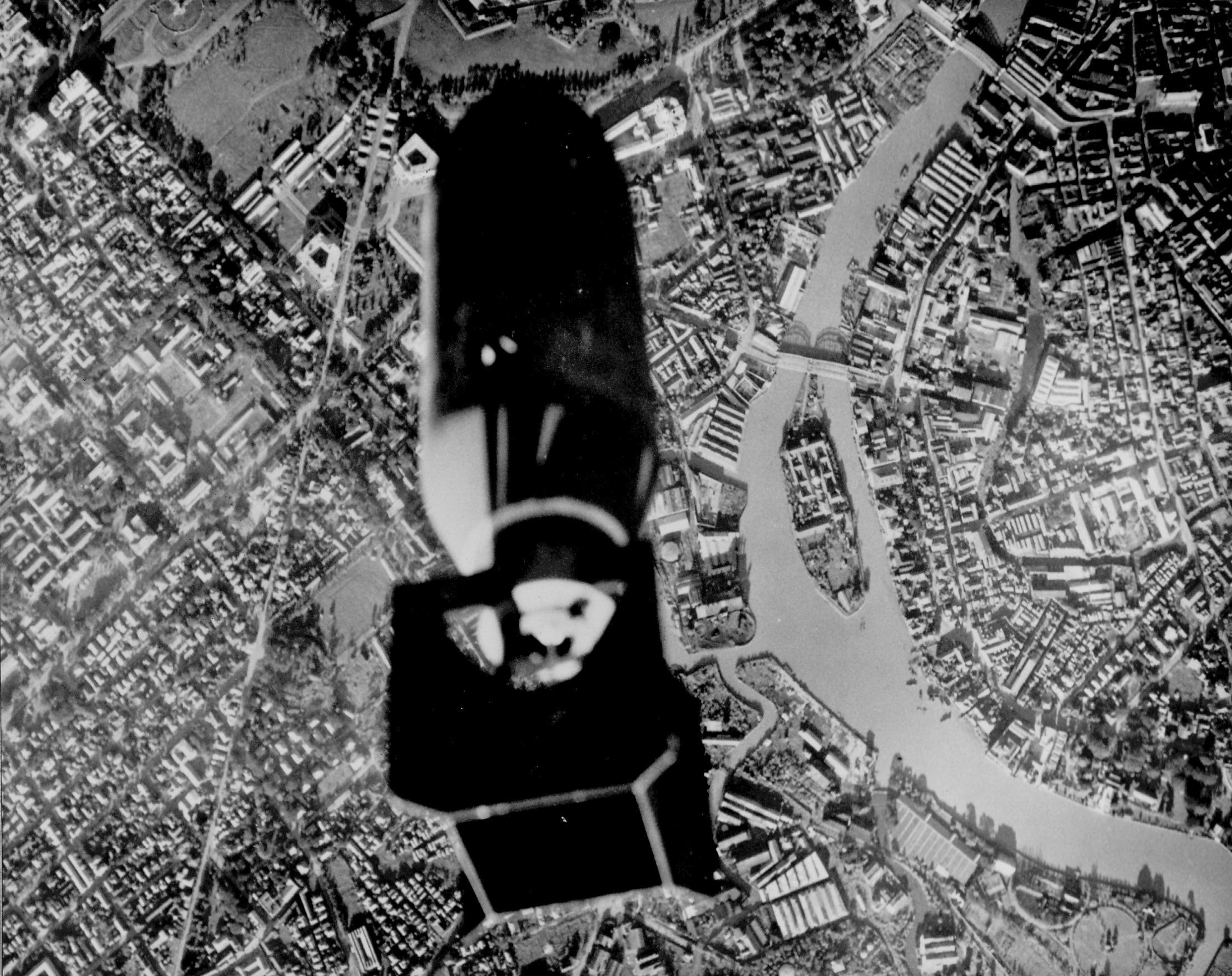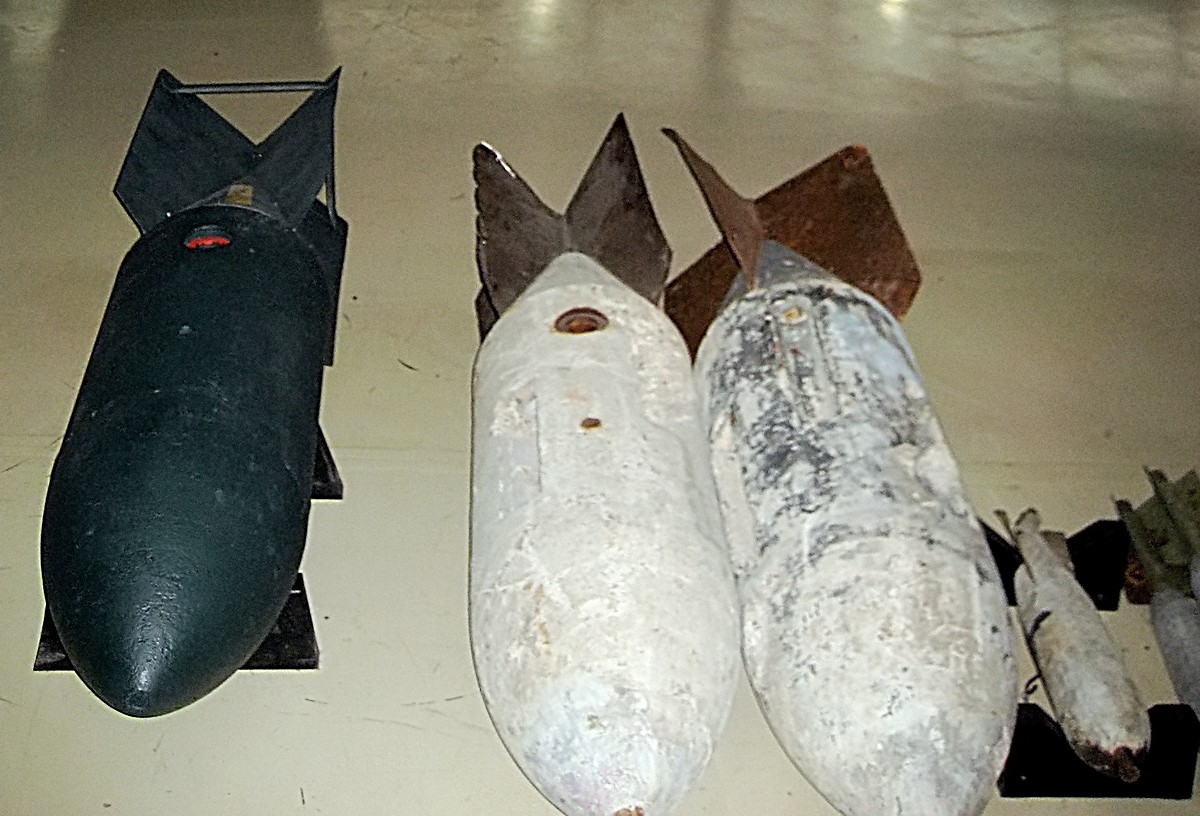|
Airstrike
An airstrike, air strike, or air raid is an offensive operation carried out by aircraft. Air strikes are delivered from aircraft such as blimps, balloons, fighter aircraft, attack aircraft, bombers, attack helicopters, and drones. The official definition includes all sorts of targets, including enemy air targets, but in popular usage the term is usually narrowed to a tactical (small-scale) attack on a ground or naval objective as opposed to a larger, more general attack such as carpet bombing. Weapons used in an airstrike can range from direct-fire aircraft-mounted cannons and machine guns, rockets and air-to-surface missiles, to various types of aerial bombs, glide bombs, cruise missiles, ballistic missiles, and even directed-energy weapons such as laser weapons. In close air support, air strikes are usually controlled by trained observers on the ground for coordination with ground troops and intelligence in a manner derived from artillery tactics. History Beginnings Th ... [...More Info...] [...Related Items...] OR: [Wikipedia] [Google] [Baidu] |
Unmanned Combat Aerial Vehicle
An unmanned combat aerial vehicle (UCAV), also known as a combat drone, fighter drone or battlefield UAV, is an unmanned aerial vehicle (UAV) that is used for intelligence, surveillance, target acquisition, and reconnaissance and carries aircraft ordnance such as missiles, anti-tank guided missiles (ATGMs), and/or Aerial bomb, bombs in hardpoints for drone strikes. These drones are usually under real-time human control, with varying levels of autonomy. UCAVs are used for reconnaissance, attacking targets and returning to base; unlike Loitering munition, kamikaze drones which are only made to explode on impact, or unmanned surveillance and reconnaissance aerial vehicle, surveillance drones which are only for gathering intelligence. Aircraft of this type have no onboard human pilot. As the Radio control, operator runs the vehicle from a remote terminal, equipment necessary for a human pilot is not needed, resulting in a lower weight and a smaller size than a manned aircraft. Many ... [...More Info...] [...Related Items...] OR: [Wikipedia] [Google] [Baidu] |
Forward Air Control
Forward air control is the provision of guidance to close air support (CAS) aircraft intended to ensure that their attack hits the intended target and does not injure friendly troops. This task is carried out by a forward air controller (FAC). A primary forward air control function is ensuring the safety of friendly troops during close air support. Enemy targets in the front line ("Forward Edge of the Battle Area" in US terminology) are often close to friendly forces and therefore friendly forces are at risk of friendly fire through proximity during air attack. The danger is twofold: the bombing pilot cannot identify the target clearly, and is not aware of the locations of friendly forces. Camouflage, a constantly changing situation and the fog of war all increase the risk. Present day doctrine holds that Forward Air Controllers (FACs) are not needed for air interdiction, although there has been such use of FACs in the past. An additional concern of forward air controllers is th ... [...More Info...] [...Related Items...] OR: [Wikipedia] [Google] [Baidu] |
Attack Aircraft
An attack aircraft, strike aircraft, or attack bomber is a tactical military aircraft that has a primary role of carrying out airstrikes with greater precision than bombers, and is prepared to encounter strong low-level air defenses while pressing the attack.Mortensen 1987, pp. 24–25. This class of aircraft is designed mostly for close air support and naval air-to-surface missions, overlapping the tactical bomber mission. Designs dedicated to non-naval roles are often known as ground-attack aircraft.Gunston 2009, p. 73. Fighter aircraft often carry out the attack role, although they would not be considered attack aircraft ''per se''; fighter-bomber conversions of those same aircraft would be considered part of the class. Strike fighters, which have effectively replaced the fighter-bomber and light bomber concepts, also differ little from the broad concept of an attack aircraft. The dedicated attack aircraft as a separate class existed primarily during and after World W ... [...More Info...] [...Related Items...] OR: [Wikipedia] [Google] [Baidu] |
Carpet Bombing
Carpet bombing, also known as saturation bombing, is a large area bombardment done in a progressive manner to inflict damage in every part of a selected area of land. The phrase evokes the image of explosions completely covering an area, in the same way that a carpet covers a floor. Carpet bombing is usually achieved by dropping many unguided bombs. Carpet bombing of cities, towns, villages, or other areas containing a concentration of protected civilians has been considered a war crime since 1977, through Article 51 of Protocol I of the Geneva Conventions. The term obliteration bombing is sometimes used to describe especially intensified bombing with the intention of destroying a city or a large part of the city. The term area bombing refers to indiscriminate bombing of an area and also encompasses cases of carpet bombing, including obliteration bombing. It was used in that sense especially during World War II and the Korean War. Early history One of the first att ... [...More Info...] [...Related Items...] OR: [Wikipedia] [Google] [Baidu] |
Close Air Support
Close air support (CAS) is defined as aerial warfare actions—often air-to-ground actions such as strafes or airstrikes—by military aircraft against hostile targets in close proximity to friendly forces. A form of fire support, CAS requires detailed integration of each air mission with fire and movement of all forces involved. CAS may be conducted using aerial bombs, glide bombs, missiles, rockets, autocannons, machine guns, and even directed-energy weapons such as lasers.''Close Air Support''. United States Department of Defense, 2014. The requirement for detailed integration because of proximity, fires or movement is the determining factor. CAS may need to be conducted during shaping operations with special forces if the mission requires detailed integration with the fire and movement of those forces. A closely related subset of air interdiction, battlefield air interdiction, denotes interdiction against units with near-term effects on friendly units, but which does not ... [...More Info...] [...Related Items...] OR: [Wikipedia] [Google] [Baidu] |
Cruise Missile
A cruise missile is an unmanned self-propelled guided missile that sustains flight through aerodynamic lift for most of its flight path. Cruise missiles are designed to deliver a large payload over long distances with high precision. Modern cruise missiles are capable of traveling at high Aerodynamics#Incompressible aerodynamics, subsonic, Supersonic speed, supersonic, or Hypersonic speed, hypersonic speeds, are self-navigating, and are able to fly on a non-Ballistics, ballistic, extremely low-altitude trajectory. History The idea of an "aerial torpedo" was shown in the British 1909 film ''The Airship Destroyer'' in which flying torpedoes controlled wirelessly are used to bring down airships bombing London. In 1916, the Americans, American Aircraft pilot, aviator Lawrence Sperry built and patented an "aerial torpedo", the Hewitt-Sperry Automatic Airplane, a small biplane carrying a TNT charge, a Sperry autopilot and barometric altitude control. Inspired by the experiments, the ... [...More Info...] [...Related Items...] OR: [Wikipedia] [Google] [Baidu] |
Ballistic Missile
A ballistic missile is a type of missile that uses projectile motion to deliver warheads on a target. These weapons are powered only during relatively brief periods—most of the flight is unpowered. Short-range ballistic missiles (SRBM) typically stay within the Earth's atmosphere, while most larger missiles travel outside the atmosphere. The type of ballistic missile with the greatest range is an intercontinental ballistic missile (ICBM). The largest ICBMs are capable of full orbital flight. These missiles are in a distinct category from cruise missiles, which are aerodynamically guided in powered flight and thus restricted to the atmosphere. History One modern pioneer ballistic missile was the A-4, commonly known as the V-2, developed by Nazi Germany in the 1930s and 1940s under the direction of Wernher von Braun. The first successful launch of a V-2 was on October 3, 1942, and it began operation on September 6, 1944, against Paris, followed by an attack on London two ... [...More Info...] [...Related Items...] OR: [Wikipedia] [Google] [Baidu] |
Directed-energy Weapon
A directed-energy weapon (DEW) is a ranged weapon that damages its target with highly focused energy without a solid projectile, including lasers, microwaves, particle beams, and sound beams. Potential applications of this technology include weapons that target personnel, missiles, vehicles, and optical devices."Daily Telegraph, 12th September 2013" ''Golden Eye-style energy beam is developed by Nato scientists'', Oct. 08, 2013"Milsat Magazine, Satnews Daily, June 24th 2009" ''U.S. Navy Laser Versus UAVs... Laser Wins...'', Oct. 08, 2013 I ... [...More Info...] [...Related Items...] OR: [Wikipedia] [Google] [Baidu] |
Laser Weapon
A laser weapon is a type of directed-energy weapon that uses lasers to inflict damage. Whether they will be deployed as practical, high-performance military weapons remains to be seen. One of the major issues with laser weapons is atmospheric thermal blooming, which is still largely unsolved. This issue is exacerbated when there is fog, smoke, dust, rain, snow, smog, foam, or purposely dispersed obscurant chemicals present. In essence, a laser generates a beam of light that requires clear air or a vacuum to operate. Many types of laser have been identified as having the potential to be used as incapacitating non-lethal weapons. They can cause temporary or permanent vision loss when directed at the eyes. The extent, nature, and duration of visual impairment resulting from exposure to laser light depend on various factors, such as the laser's power, wavelength(s), collimation of the beam, orientation of the beam, and duration of exposure. Even lasers with a power output of less ... [...More Info...] [...Related Items...] OR: [Wikipedia] [Google] [Baidu] |
Aerial Bomb
An aerial bomb is a type of Explosive weapon, explosive or Incendiary device, incendiary weapon intended to travel through the Atmosphere of Earth, air on a predictable trajectory. Engineers usually develop such bombs to be dropped from an aircraft. The use of aerial bombs is termed aerial bombing. Bomb types Aerial bombs include a vast range and complexity of designs. These include unguided Unguided bomb, gravity bombs, guided bombs, bombs hand-tossed from a vehicle, bombs needing a large specially-built delivery-vehicle, bombs integrated with the vehicle itself (such as a glide bomb), instant-detonation bombs, or delay-action bombs. As with other types of explosive weapons, aerial bombs aim to kill and injure people or to destroy materiel through the projection of one or more of blast, fragmentation, radiation or fire outwards from the point of detonation. Early bombs The first bombs delivered to their targets by air were single bombs carried on unmanned Incendiary ballo ... [...More Info...] [...Related Items...] OR: [Wikipedia] [Google] [Baidu] |
Artillery
Artillery consists of ranged weapons that launch Ammunition, munitions far beyond the range and power of infantry firearms. Early artillery development focused on the ability to breach defensive walls and fortifications during sieges, and led to heavy, fairly immobile siege engines. As technology improved, lighter, more mobile field artillery cannons were developed for battlefield use. This development continues today; modern self-propelled artillery vehicles are highly mobile weapons of great versatility generally providing the largest share of an army's total firepower. Originally, the word "artillery" referred to any group of soldiers primarily armed with some form of manufactured weapon or armour. Since the introduction of gunpowder and cannon, "artillery" has largely meant cannon, and in contemporary usage, usually refers to Shell (projectile), shell-firing Field gun, guns, howitzers, and Mortar (weapon), mortars (collectively called ''barrel artillery'', ''cannon artil ... [...More Info...] [...Related Items...] OR: [Wikipedia] [Google] [Baidu] |
